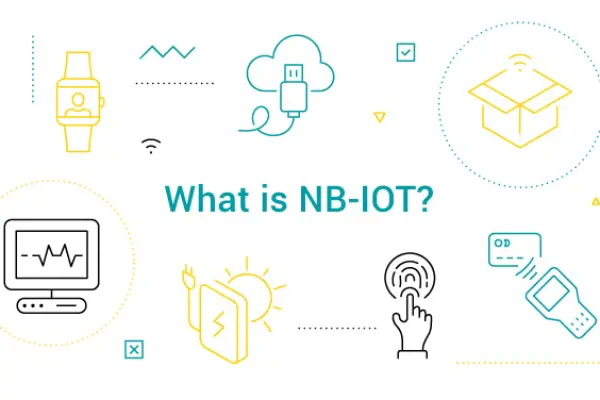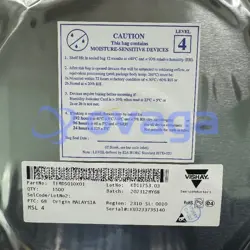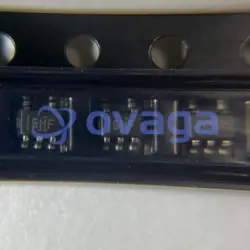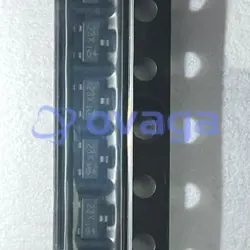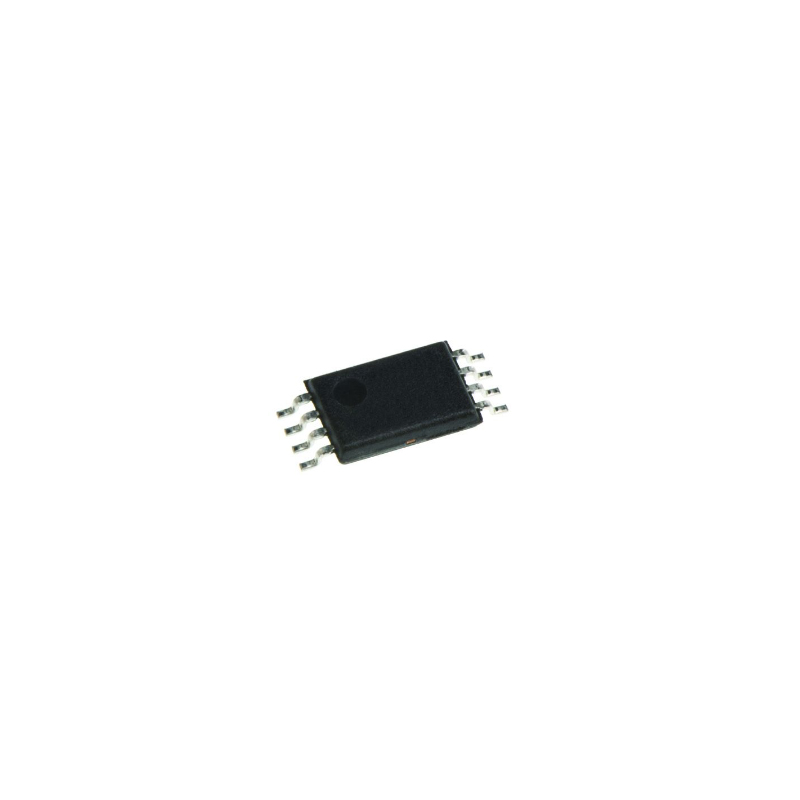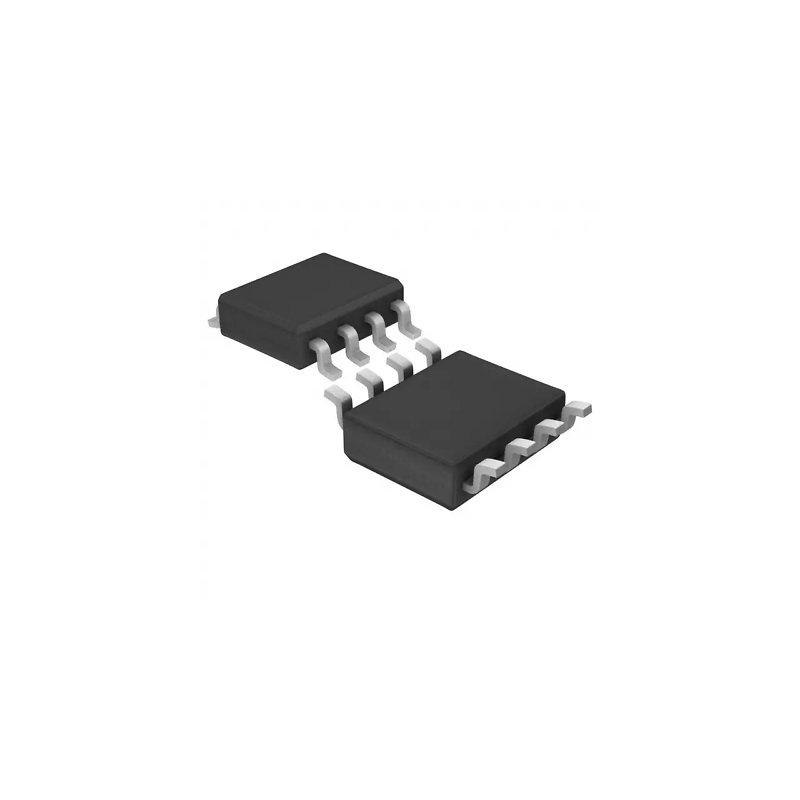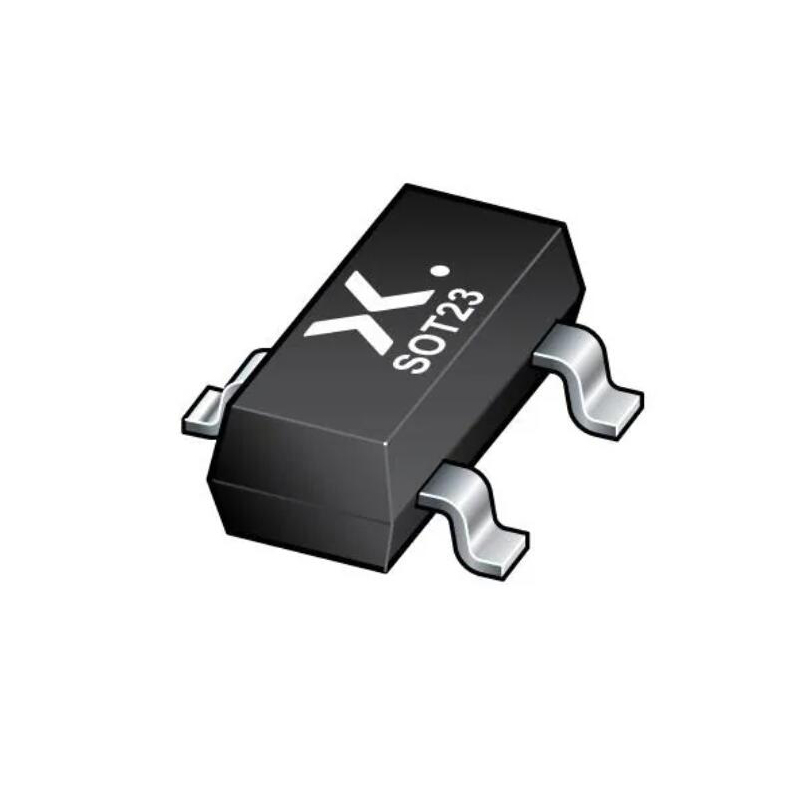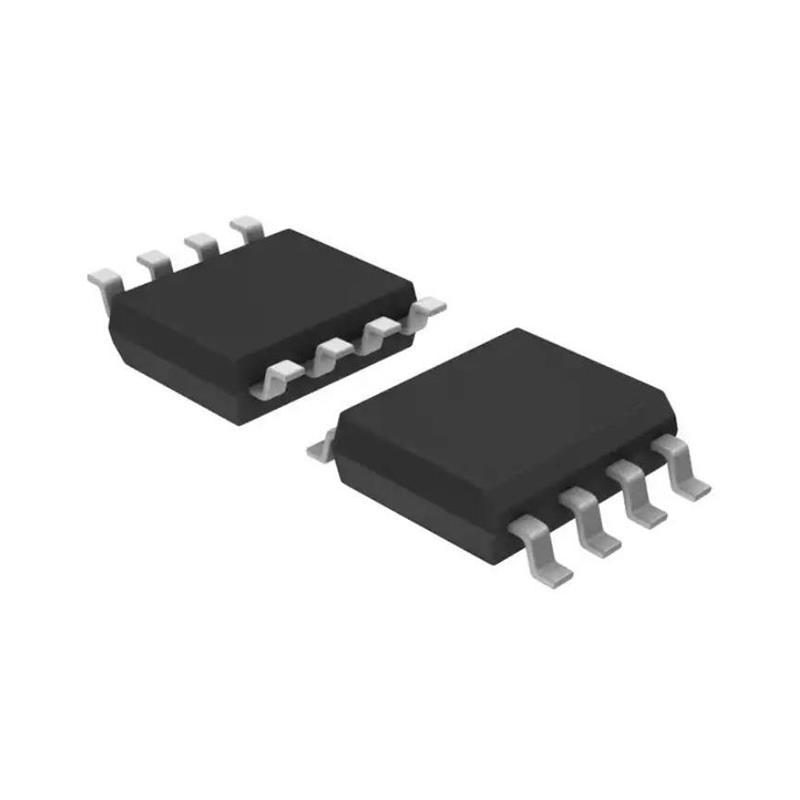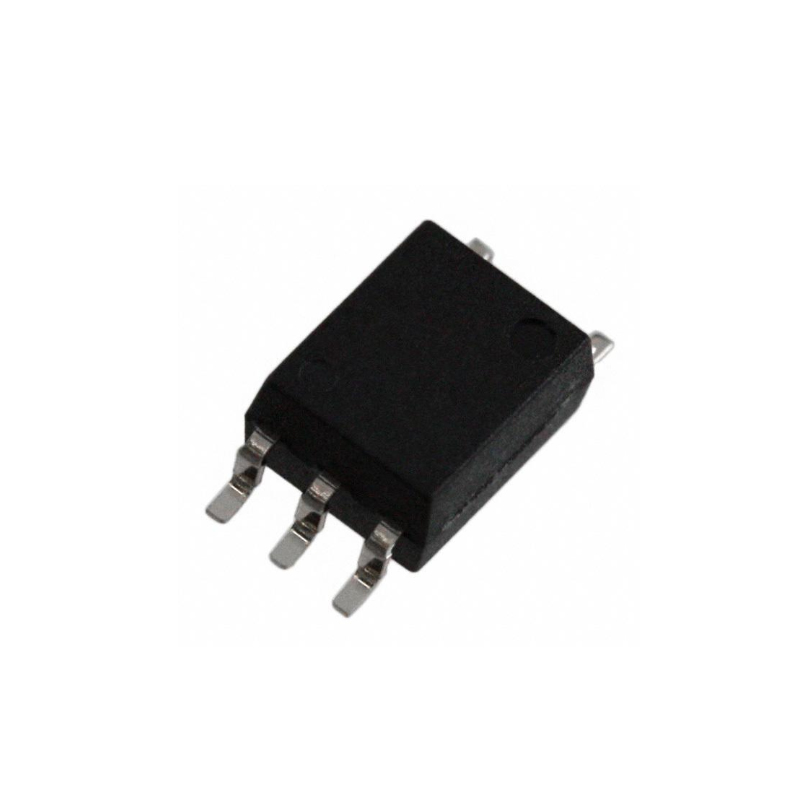How DSP Improves the Efficiency of Audio Amplifiers
Tempo de atualização: Jun 11, 2018 Leitores: 3669
Contents
Have you ever thought the integrated Digital Signal Processor (DSP) in audio amplifiers is only used for digital filters, equalization, or audio mixing? The reality is that the integrated DSP in modern audio amplifiers can provide many more benefits, including improving the efficiency of the amplifier and audio system.
Battery-powered speakers remain one of the most convenient methods of audio playback for indoor, outdoor, or any other occasions where music is being played. In this article, I will discuss how audio amplifiers with integrated DSPs can enhance speakers' efficiency and extend their operating time.
Adaptive Power Management: The DSP can monitor the audio input signal and adjust the power supply voltage accordingly. This allows the amplifier to operate at the optimal power level for the given audio signal, reducing power consumption and improving overall efficiency.
Dynamic Range Compression: By compressing the audio signal's dynamic range, the DSP allows the amplifier to operate at a lower power level without sacrificing audio quality. This results in lower power consumption and increased battery life.
Active Noise Cancellation: The DSP can analyze the audio signal and generate an inverse signal to eliminate unwanted noise. This allows the amplifier to operate at a lower power level, reducing power consumption and improving efficiency.
Advanced Audio Processing: The DSP can apply various audio processing algorithms to optimize the audio signal for the specific speaker system. This can improve the overall audio quality while reducing the power required by the amplifier.
Power Optimization Algorithms: The DSP can implement power optimization algorithms that consider the characteristics of the specific speaker system and the audio content being played. This enables the amplifier to operate at the most efficient power level, maximizing battery life.
"How long can the battery last?"
Understandably, consumers want portable speakers to play their favorite playlists or podcasts for extended periods, with shorter charging times. Speaker manufacturers have noticed this and sometimes even list the playback time on the retail packaging.
If battery life is crucial for portable speakers, you should opt for a larger battery. While this may be true for some designs, compact speakers lack space. Additionally, extra battery capacity could significantly increase the system cost.
When increasing battery capacity is not a flexible option, designers face the question, "How can we achieve longer playback time with the same battery capacity?" The answer is to improve efficiency. For audio applications, Class-D amplifiers, with a theoretical efficiency of 100% (actually greater than 90%), are still the most efficient choice for medium to high power (assuming greater than 10W).
Although an efficiency greater than 90% is the benchmark, this is usually measured in a laboratory setting using constant input signals and output power. In reality, for typical audio clips or songs, the measured amplifier efficiency varies depending on the output power provided. This is because the power ratio is lost at lower output power levels as heat in the amplifier's metal-oxide-semiconductor field-effect transistors (MOSFETs) increases. To minimize these unnecessary losses, the simplest solution is to lower the supply voltage. However, for audio applications, designers might be reluctant to do so. Reducing the supply voltage may compromise the system's ability to deliver higher output power, especially to provide peak power at a higher dynamic range.
Battery Life Solutions for Medium to High Power Speakers
To improve efficiency without compromising output power, TI has introduced the TAS5825P Class-D audio amplifier with the Hybrid-Pro algorithm implemented in the DSP. This amplifier continuously analyzes the input audio signal and provides pulse-width modulation feedback to an external DC/DC converter, improving system efficiency and reducing unnecessary losses. With feedback, the DC/DC converter can increase the supply voltage when audio peaks require it and decrease the supply voltage when the higher output power is not needed. This feature reduces power consumption and improves efficiency during low-volume audio playback without limiting the amplifier's ability to deliver maximum output power. Figure 1 displays the block diagram of the TAS5825P.

TAS5825P Block Diagram
The Hybrid-Pro concept is simple and similar to how we try to conserve energy at home or work. For example, you turn off the lights in a room when not in use to save on electricity costs. However, you don't want to turn off the music for an audio amplifier! Consider the Hybrid-Pro as an automatic dimmer switch for a more accurate comparison. Instead of turning off the light (audio amplifier), the light sensor automatically dims the light to just the right brightness (amplifier's supply voltage) needed. Figure 2 illustrates this concept, where the amplifier's supply voltage (PVDD) increases with the required output voltage.

TAS5825P Hybrid-Pro Envelope Tracking
Enabling Hybrid-Pro in testing allows battery-powered speakers to achieve longer runtimes. The TAS5825P, configured in Hybrid-Pro mode, can extend battery life by over 20% compared to typical amplifiers with fixed voltage rails. Additionally, the adjustable audio lead buffer in the TAS5825P provides advanced voltage rail control without the risk of audio clipping.
While DSPs were once used only for equalization and audio filtering, the benefits of integrating a DSP into audio amplifiers are unprecedented. TI's range of Class-D audio amplifiers with integrated DSPs continually pushes the limits, achieving higher system-level efficiency.
Leitura Estendida
 Perguntas frequentes
Perguntas frequentes
-
Can I use a DSP for machine learning and artificial intelligence applications?
While DSPs can be used for some machine learning (ML) and artificial intelligence (AI) applications, they are generally not as well-suited for these tasks as dedicated AI hardware, such as Graphics Processing Units (GPUs) and Tensor Processing Units (TPUs). However, some DSPs are designed with ML and AI in mind, featuring additional hardware acceleration or instruction set extensions to improve performance in these areas.
-
How does a DSP differ from a general-purpose microprocessor?
While general-purpose microprocessors can handle a wide variety of tasks, they are not optimized for the mathematical operations involved in digital signal processing. DSPs, on the other hand, are designed specifically for these tasks, featuring specialized hardware and instruction sets that enable them to execute complex signal processing algorithms more efficiently and with lower power consumption.
-
What is a Digital Signal Processor (DSP)?
A Digital Signal Processor (DSP) is a specialized microprocessor designed to efficiently process digital signals in real-time. It is optimized for mathematical operations commonly used in signal processing tasks, such as filtering, compression, and encoding. DSPs are widely used in applications like audio processing, telecommunications, image processing, and control systems.
Blogs populares
-
![The Comparative Analysis of Active and Passive Filters in Electronics]()
The Comparative Anal...
Active filters use active components such as tra...
-
![How DSP Improves the Efficiency of Audio Amplifiers]()
How DSP Improves the...
Have you ever thought the integrated Digital Sig...
-
![What is NB-IoT Technology]()
What is NB-IoT Techn...
NB-IoT (Narrow Band Internet of Things, NB-IoT)...
-
![IGBT Latest Development Trend 2023]()
IGBT Latest Developm...
In this article, our team will introduce the lat...





